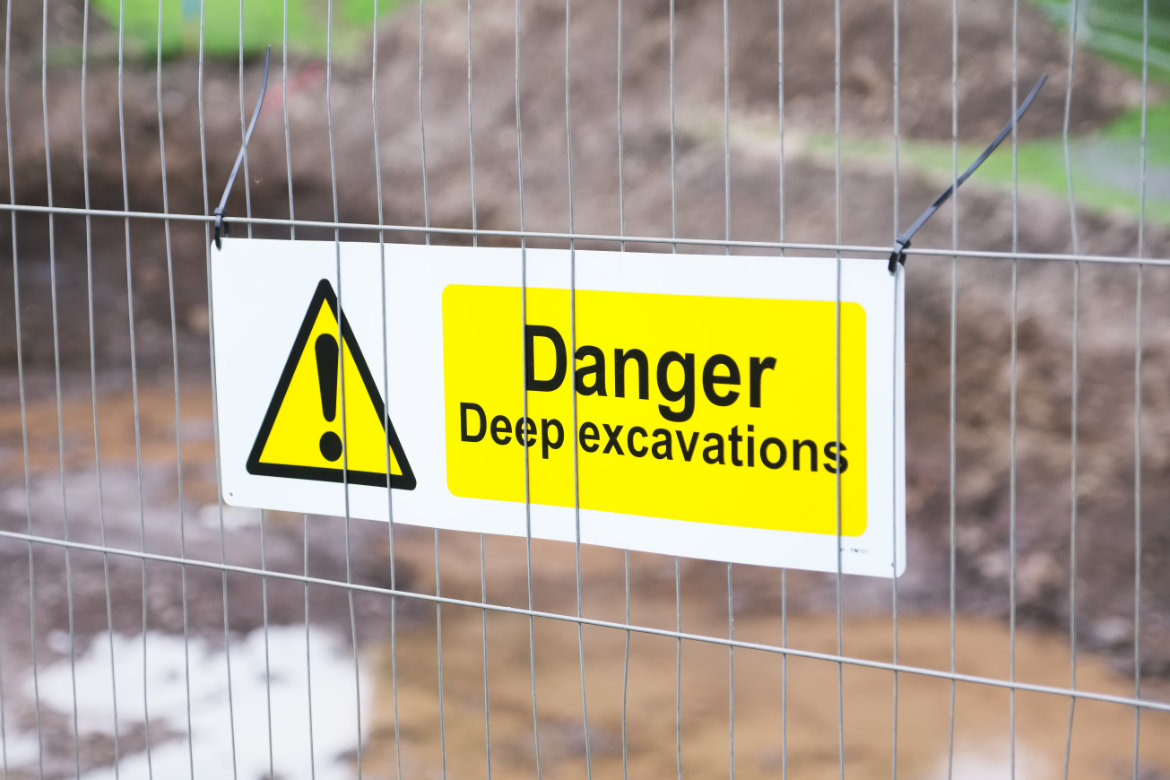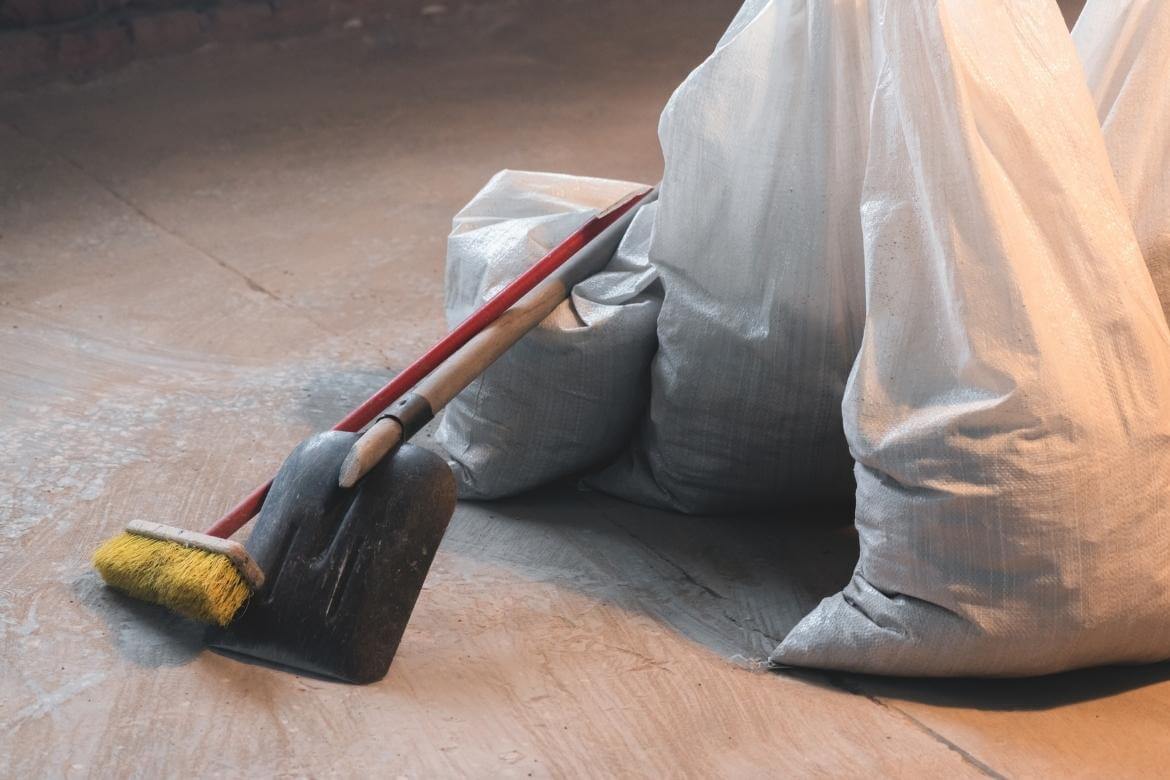22nd May, 2024
What Should Be Included In A Construction Site Induction?
Every worker on your construction project needs a site induction. But what should it include? Construction sites are high-risk environments, and the information you include in your induction could be the difference between a safe site or an accident waiting to happen.

Every worker needs a site induction on every construction site. It's the law. Even visitors to your site need an induction.
Construction sites are high-risk environments, and the information you include in your induction could be the difference between a safe site or an accident waiting to happen.
When your team knows what to do and what to expect, everyone can work safely together.
But what information goes into a suitable site induction? And what makes a site induction 'suitable'?
In this blog post, we are going to take a look at the kind of information you should give your team before they start work on a new site for the first time.
Project-specific information
Construction site inductions are required by law. It is a legal requirement that every worker should have a suitable site induction on every construction site they work on. Since construction workers tend to move around to different projects regularly, that's a lot of site inductions!
Each site induction should be different - because each project is different.
You shouldn't be repeating the same site induction over and over again, from project to project. A construction site induction is an introduction to a new site or project. And every project will be (at least slightly) different - even if you're doing the same tasks, you'll be in a new location.
Your induction should tell workers the key facts they need to know. Who to report to, what to do on arrival, what they need, what to watch out for, what to do if things go wrong and what to do when they leave.
A site induction is only suitable if it contains the health and safety information workers need to know. So it needs to be specific to the project and the site.
There's nothing wrong with following a standard format for your inductions, to make sure you cover all the necessary topics. But make sure you adapt each induction to the site it's used on. Providing your team with general information that could apply to any site, or worse, giving them information that doesn't apply to the site, won't help them. It won't prepare them for the hazards and risks they are about to face. It won't tell them the rules they need to follow. And it won't keep them safe.
Let's take a deeper look at some of the site-specific information that should be included in your construction site inductions:

Site Management Details
- Site Manager
- Project Team
- Principal Contractor
- First Aiders
- Fire Marshals
- Client
Give your workforce information about the management of the site from day 1, so they know who to report to and who takes responsibility for what on site. They need to know who the site manager is, who the first aiders are, supervisors, fire marshals etc.
Who's in charge of what, and who's in charge of who?

Project Details
- Description of the project
- Location of the site
- Access arrangements
- Site restrictions
- Current site activities
What type of work is happening on the site? Where? What other work is going on that could be a danger? Are any parts of the site out of bounds or restricted access? Remember some of your team may have just been sent to do one specific job, but they must still know what else is happening around them to ensure they can work safely.
You won't be giving everyone their induction on the same day. A site induction is needed whenever anyone new joins the site. That could be a groundworker on day 1. Or a painter on day 100. The site activities and access arrangements will have probably changed during that time, so even on the same project, your induction may change as the work progresses.

Site-Specific Risks
- Services
- Asbestos
- Hazardous materials
- Ground conditions
- Excavations
Your workers may understand the risks associated with their own activities, but are there any unusual site-specific risks they should be aware of?
Maybe there is overhead work they need to know about? Or asbestos materials they need to avoid? Perhaps there are underground or overhead services on-site to watch out for?

Site Rules
- PPE requirements
- Training requirements
- Housekeeping
- Control measures
- Safety signage
- Unsafe areas
- Equipment safety
Construction site rules are not there to be broken. Rules are there to create a safe site. But to abide by the rules, workers need to know about them first.
What can they do? What can't they do?
The site induction is the perfect place to explain which rules apply to the site.

Site Procedures
- Signing in
- Security
- Permits to work
- Risk assessments
- Accident reporting
- Waste removal
- Safety briefings
Every site will have procedures in place. For safety, organisation and progress of the work. Signing in, security measures, permits, accident reporting, PPE, hearing protection zones, housekeeping etc. Maybe there is a specific shutdown procedure.
Maybe there's a time and place for safety briefings toolbox talks each day.
Make sure your workers know what is expected of them and the procedures they need to follow.

Site Layout
- Access
- Site office
- Welfare facilities
- Canteen
- Traffic routes
- First aid supplies
- Firefighting equipment
- Assembly points
Each site is different. And, just to add complications, construction sites change throughout a project. The layout may need to be altered and adapted as buildings come down, and go up.
Familiarise your workers with the site at the induction session. Identify welfare facilities, canteen, first aid provisions, traffic routes, escape routes, fire fighting equipment etc. If things change, update your workers during safety briefings.

Meetings
- Project meetings
- Safety briefings
- Planned training
Communication with your workers should start with an induction. But don't let it end there. Let your workers know when toolbox talks, planned training, safety and other site meetings will be held. Get your workforce involved and outline consultation procedures.

Questions
- Is anything unclear?
- Is anything not covered?
- Do you need any further information?
Allow time for questions and feedback during the induction. You might have missed something, or not explained something clearly. If your team need to know more or is unsure, it's better to explain during the induction, than let things go wrong on the site.
You can use this feedback to add and change your induction, so it's better next time. You'll need to deliver inductions throughout the project as new people join, so you can keep improving it.
Be careful not to include generic health and safety information or any information that is not relevant to the project in your induction. Keep it simple, site-specific and relevant. Don't make it hard for your team to remember important information, only include what they need to know.
Make sure that each worker completes a site induction form and signs it to acknowledge they have undertaken the site induction, or use the HASpod Training Plan to create custom site inductions for your team.
This article was written by Emma at HASpod. Emma has over 10 years experience in health and safety and BSc (Hons) Construction Management. She is NEBOSH qualified and Tech IOSH.
Create your induction today.
Start with an induction template and make it yours with custom lessons and quizzes.
Training PlanRecent posts like this...

When Do You Need A Construction Site Induction?
Construction site inductions are a little bit different to the job inductions you would get in other industries. It's the same general idea, but construction induction requirements are slightly stricter and you'll need them a lot more often.
Read Post
What Should Be Included In A Construction Site Induction?
Every worker on your construction project needs a site induction. But what should it include? Construction sites are high-risk environments, and the information you include in your induction could be the difference between a safe site or an accident waiting to happen.
Read Post
Do You Need A Construction Site Induction For Visitors?
You carry out inductions for workers on your construction site, but what about people visiting your site? Architects, surveyors, clients, and others that visit on a one-off or infrequent basis? These visitors might only be on site for a short time - do they need an induction?
Read Post